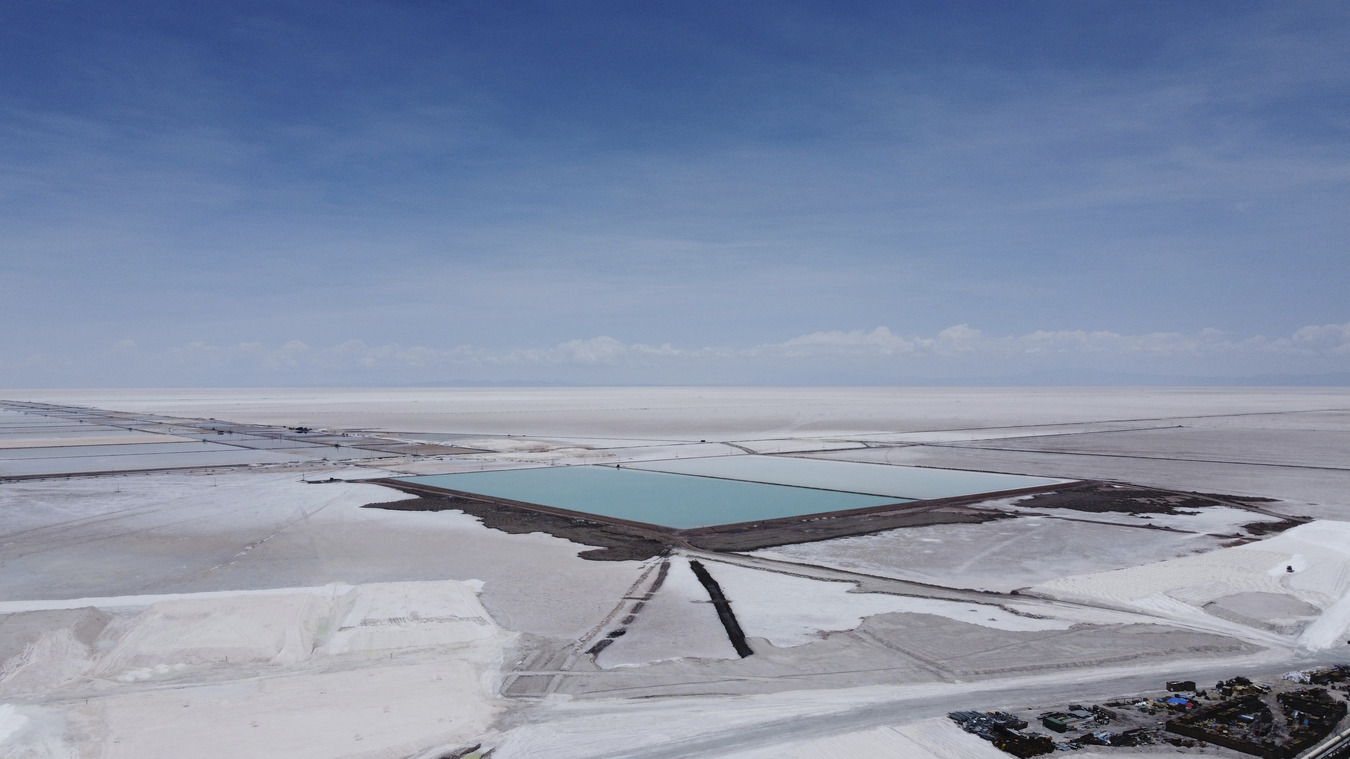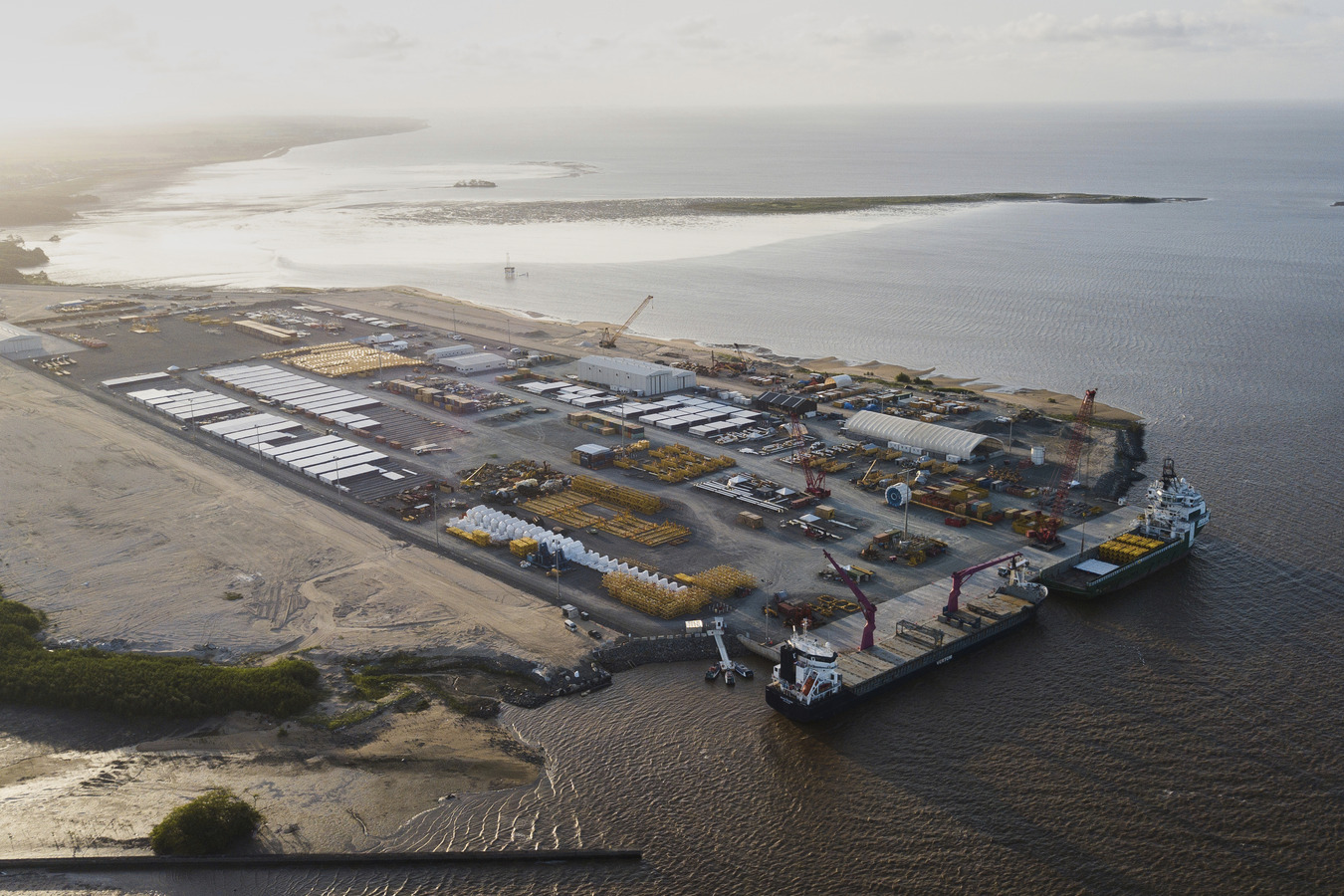A Latin American Opportunity in World Energy Woes
A Latin American Opportunity in World Energy Woes
The outlook for United States’ energy security is unclear at best and troubling at worst. And herein lies an opportunity to boost Latin American economies and enhance U.S. relations with the region. The more Latin America develops its oil and natural gas sectors the more important it becomes to U.S. interests, with the added benefit of boosting the region’s own treasuries and catalyzing the wider social and economic gains envisioned by the Washington Consensus that has sought to broadly improve living standards in every corner of the hemisphere.
Some of today’s energy inflation is simply supply and demand driven. The U.S. economy is expanding at its fastest rate in 20 years and 2003-2004 are the first years since the mid-1980s that the U.S., European and Japanese economies have grown simultaneously. China’s booming economy has made it the world’s second largest oil consumer. Demand for oil is stronger than expected in Brazil and India. And global supply has no cushion left with declining production in mature oil fields, inadequate global refining capacity, non-OPEC nations having zero extra capacity and only the United Arab Emirates and Saudi Arabia sitting on any surplus production.
But a larger and harder to quantify factor is the so-called terror premium – a cluster of crises that have driven prices over $40 per barrel. These include:
- a growing crisis of confidence in the ability of Saudi Arabia - which exports 8 million barrels a day - to keep its oil flowing.
- war in Iraq continuing to reverberate through Iran – which produces 3 million bpd – wants to extend its influence in the Persian Gulf and finds itself at odds with U.S. strategic interests.
- regular terror attacks on Iraq’s pipelines and infrastructure, making the country unlikely to help pick up the pumping slack any time soon.
Into this breach should ride Latin American leaders, policy-makers and energy ministers. While the U.S. and industrialized economies focus on and fret about events in the volatile Middle East, there are oil and natural gas resources that, if developed correctly, can do much to address growing global demand and economic uncertainty.
Venezuela is an obvious place to begin. Despite possessing some of the region’s largest oil reserves, the production capacity of Petroleos de Venezuela (PDVSA), the state oil company, fell 19% in 2003 following a strike and continued to drop in the first quarter of 2004, according to some reports. There are privately owned or operated oil projects that could increase production if conditions – financial and regulatory – were right. In the end though, if post-recall political stability takes root in Venezuela and needed legal and tax reforms follow, it is still possible that private investment will flow to Caracas, broadly reviving the nation’s energy sector.
The April announcement that PDVSA and unnamed foreign partners would invest $37 billion over the next five years – $27 billion from the state-owned company and $10 billion from foreign oil companies – to raise Venezuela’s total oil production to 5 million barrels per day by 2009 from the current 2.6 million bpd is encouraging. And given that Venezuela sits on 78 billion barrels of proven oil reserves and 4 trillion cubic feet of natural gas, there is clearly potential for this money to be well-spent in growing the country’s energy production and revenues. But Venezuela also lacks its own cash to put this planned production increase into play and foreign investors will not be running to Caracas until real democracy, political stability and a professional – not political – PDVSA is assured.
With the nervously-anticipated referendum on Hugo Chavez’ presidency concluded to the apparent satisfaction of most regional observers – even those unhappy with the outcome – the focus now for Venezuela should be on demonstrating that the country is on a path to stability. When this is assured, foreign investment will be a near-certainty and the Venezuelan energy industry could make up for lost time. In the process the U.S. and the world could find a growing, valuable producer with the capacity to remake the global market and deliver a real measure of price stability.
Mexico also has the potential to boost both hemispheric energy production and global oil supply. Already the third largest oil exporter to the U.S., Mexico sits on some of the potentially biggest undeveloped reserves in the world that await money and technology to bring on line.
Government-run Petróleos Mexicanos (PEMEX) is the sector’s dominant player and Mexico’s Constitution makes it hard for foreign companies to invest. So the exploration, technology, pipelines, infrastructure and capital needed to rev Mexico’s oil sector can be tough to come by.
In the meantime, Mexican President Vicente Fox and PEMEX General Director Raúl Munoz Leos have made energy development with the U.S. a priority. During the 2001 California energy crisis Mexico provided electricity to the state to light 50,000 homes. Now Fox has offered the Bush Administration broader energy development as part of a plan to more closely align the nations and add other issues like migration reform and homeland security to the more established agenda of drug interdiction, water and trade.
But U.S.-Mexico energy cooperation is not close to fulfilling its potential. From the U.S. side, only highest-level, sustained discussions will build momentum. And from Mexico, Constitutional changes to make it easier for foreign interests to invest in the energy sector are necessary if Mexico is to be competitive, fully leverage the country’s oil resources, replenish dwindling reserves and fuel development through the country’s economy.
There are other energy opportunities in the Americas.
Colombia’s oil industry – now the tenth largest exporter to the U.S. – is one of the great overlooked resources for the hemispheric economy. While fighting narco-terrorist FARC, working to reign in political violence and advancing Plan Colombia, the oil industry only seems to gain notice when its pipelines are attacked – about 180 times last year. But oil could redefine Colombia and its economic ties to the world if promoted to international investors and safeguarded domestically.
Peru, Bolivia, Argentina, Brazil, and Trinidad & Tobago all stand poised to join the energy-producer club if the natural gas they sit on can be moved to a viable, mass-market resource quickly and efficiently. With proximity to the U.S., these countries, along with Venezuela, have the potential to become major natural gas suppliers ahead of competitors Australia, Indonesia, Russia, Libya, Algeria and others. But only if they attract investment now and commit to smart, innovative development.
Currently only Trinidad & Tobago is widely accepted as having advanced commercial development of its natural gas reserves. The nation is working within the Caribbean Community (CARICOM) on how to integrate its resources into the region’s energy market. Venezuela is considered to be 25 years behind schedule on building its natural gas capacity. Bolivia’s fierce rivalry with neighboring Chile and out-of-control nationalism has all but undone plans to build the $7.5 billion Pacific LNG project that would have extended exports to terminals in Mexico.
It is a sad state of affairs that some 8 trillion cubic feet of natural gas sit beneath the ground and off the shores of Latin America with too little being done to develop, commoditize, export and capitalize on it. This resource – given its sheer volume – could remake Latin America and reshape world energy markets if it could be utilized in correct and timely ways.
Energy development has an extremely long lead time. For Latin American nations to realize the full benefit of the energy resources they possess – for them to get oil and gas to market in economical ways – will require an international effort combining technology, investment, transportation, construction and diplomacy.
For motivation, U.S. energy and foreign policy-makers should remember that each $10 per barrel increase in crude oil prices passes on $70 billion in higher costs to American consumers through inflation. There is also the global competition factor: state-owned Brazilian oil company Petrobras has signed a $7 billion agreement to find, produce and refine oil primarily in Latin America with Sinopec of China.
The hardest parts of boosting Latin America to a global energy player are done: the resources are known, demand is growing, technology is often off-the-shelf. What is needed are political and business leadership, international investment and the vision to make Latin America and the U.S. partners in reshaping global energy realities. Continuing to fiddle while the Middle East literally and figuratively burns would be a missed opportunity for Latin America to grow and develop, as well as help stabilize the world economy.
Thomas F. McLarty, III served as President Clinton’s White House Chief of Staff and Special Envoy for the Americas. He is now President of the international strategic advisory firm Kissinger McLarty Associates in Washington.
CONTACT:
Mara Lemos
Director, Communications
Council of the Americas
Phone: (212) 277-8363
Email: mlemos@as-coa.org








